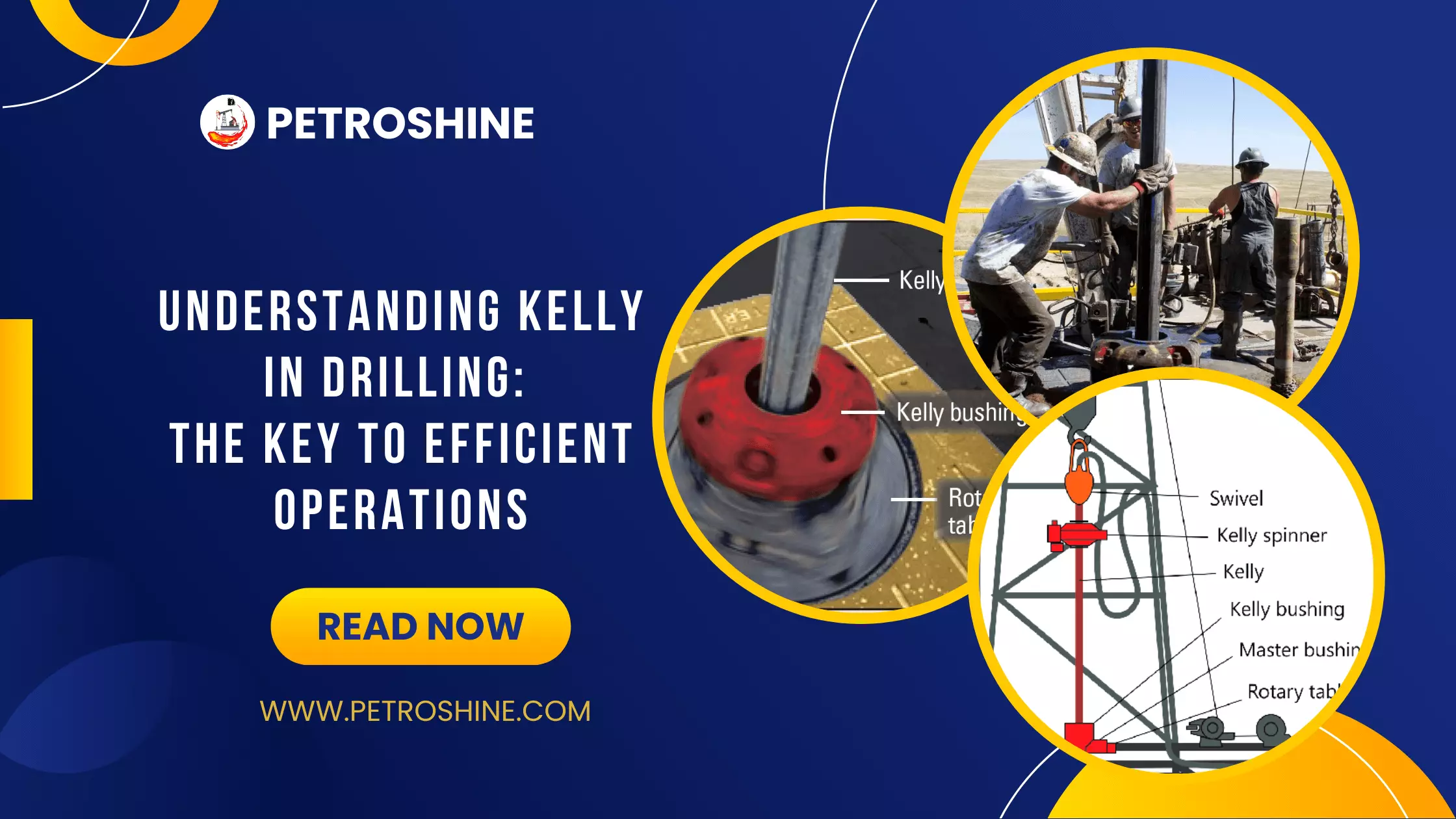Bottomhole Assembly (BHA) Components consist of varying tool types from:
Stabilizers
Stabilizers, by centralizing the drill string at selected points in the borehole, perform these important functions:
- They ensure that the weight of the drill collars is concentrated on the bit.
- They reduce torque and bending stresses in the drill string.
- They prevent wall-sticking or key-seating of the drill collars.
- They can be used to build, drop or maintain hole angle in directional drilling, and maintain constant bit direction in straight-hole drilling.
The type and placement of stabilizers in the drill string depends on local drilling conditions and well objectives.
In areas with a tendency toward crooked drilling, the stabilizer(s) immediately above the bit must have adequate wall contact to provide bit stability and guidance. The stabilizer(s) must also have wear properties that permit them to stay in gauge for the life of the bit, and they must be able to centralize the drill string without digging into the borehole wall.
In an angle-holding, or packed-hole assembly, which requires maximum stiffness to “lock in” the direction of the drill string, the stabilizers should have the largest possible cross-sectional area that will permit adequate circulation passage.
For packed-hole drilling techniques, stabilizers act like drill bushings to minimize drift and hole angle change by centering the drill string. When utilizing a pendulum, or angle-dropping assembly, stabilizers are frequently used to increase the effectiveness of pendulum by proper stabilizer placement and/or a reduction in gauge diameter. They similarly serve to increase the effectiveness of an angle-building assembly by allowing a ‘’belly’’ or sag in the collars between stabilizers . Stabilizers are also designed to prevent wall-sticking of the drill collars and to guide them out of key seats.
Stabilizer Types
There are a variety of stabilizer types available for different drilling environments, the most common of which are:
- Integral blade stabilizers
- Replaceable sleeve stabilizers
- Replaceable wear pad stabilizers
- Non-rotating sleeve stabilizers
- Welded blade stabilizers.
These stabilizers types are designed either for bottomhole configuration (pin up/box down with proper API fishing neck, to be run just above the bit), or string configuration (box up/ pin down, to be run at various points in the drill string).
Integral Blade Stabilizer
The integral blade stabilizer(Figure 1: Integral Blade Stabilizer) can be used in all degrees of formation hardness, but is specifically designed for harder formations to lessen the risk of moving replaceable or welded-on components. Its long ribs are designed to provide the wall contact necessary for proper stabilization, and are contoured to minimize torque while drilling.

For larger hole sizes, the integral blade stabilizer can be manufactured with a shop-replaceable sleeve. Its long ribs are milled directly on the sleeve to provide unitized construction, thus preventing loss of ribs in the hole as sometimes happens with welded rib stabilizers.
These stabilizers can be provided with pressed-in tungsten-carbide compacts or welded-on hardfacing on the wear surfaces to increase gauge life. Integral blade stabilizers are available in both string and bottom hole types. Integrated blade stabilizers are more expensive due to the fact that the outside diameter cannot be restored.
Replaceable Sleeve Stabilizer
The replaceable steel sleeve stabilizer (Figure 2) can be used in all degrees of formation hardness, but is specifically designed for harder formations to lessen the risk of moving or welded-on components. Its long ribs are designed to provide the wall contact necessary for proper stabilization, and are contoured to minimize torque while drilling.

Sleeves can be changed in the rotary table, making this stabilizer type economical for remote locations. Replaceable sleeve stabilizers are available both in bottomhole and string configuration. They can be used for more than one hole size by changing sleeve size. Deep-grooved passages between the sleeve ribs assure adequate circulation past the tool.
Replaceable Wear Pad Stabilizer
The replaceable wear pad stabilizer, with rig-replaceable wear pads, is very effective for packed-hole assemblies, and can be used in all types of formations. Figure 3 shows a replaceable wear pad string stabilizer, while Figure 4 shows a bottomhole configuration.


The wear pads, which can easily be changed out in the rotary table with hand tools, provide long wall contact area, and pressed-in tungsten carbide and carburized wear surfaces provide maximum downhole life. Within limits, changing wear pads permits body use in more than one hole size (Figure 5).

Built-in wear indicators are available to indicate the need for replacement before body damage occurs. The stabilizer body has a fluted configuration to provide for adequate circulation. This stabilizer type is available in either bottomhole or string configuration, so that two or three tools can be run in tandem hookups to provide additional wall contact as required.
Non-Rotating Sleeve Stabilizer
The non-rotating sleeve stabilizer (Figure 6: Non-rotating rubber-ribbed stabilizer. is one of the most effective stabilizer types.

A true “drill bushing,” it can be used in hard to medium-hard non-abrasive formations, since the sleeve does not rotate or dig into the borehole wall. The one-piece, rig-replaceable sleeve is molded over a mild steel inner bushing to prevent it from being lost downhole, and has fluted marine-type inner bearings, designed to allow continuous cleaning by the circulating fluid. Drilling fluid acts as a lubricant and coolant to avoid friction between the mandrel and the non-rotating sleeve. The non-rotating sleeve stabilizer is always a string-type tool.
Welded Blade Stabilizer
The welded blade stabilizer(Figure 7) is designed to centralize drill collars and provide better borehole alignment.

Its rotating blade is especially effective in soft formations, where balling-up of mud and cuttings on the drill string can cause problems.
 Petro Shine The Place for Oil and Gas Professionals.
Petro Shine The Place for Oil and Gas Professionals.



